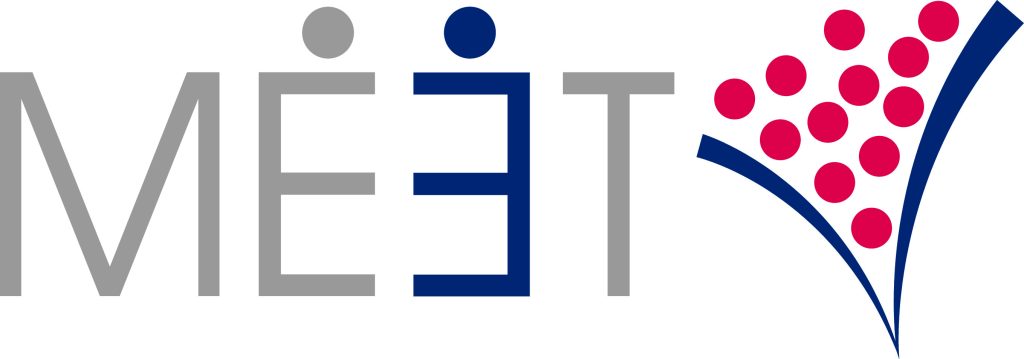How to Define Trade Show Objectives
Trade shows serve as bustling marketplaces where businesses can showcase their products, forge connections, and propel their brands to new heights. However, to navigate these dynamic environments effectively, one must set clear objectives. How to define trade show objectives is akin to charting a course before setting sail—it provides direction and purpose and ensures that every action serves a strategic goal. So, how does one go about defining trade show objectives? Let’s explore the steps to setting sail for success. 1. Understand Your Business Goals to Define Trade Show Objectives Before delving into the intricacies of trade show objectives, it’s essential to align them with your broader business goals. Reflect on what you aim to achieve as a company—are you looking to increase sales, expand your market reach, launch a new product, or strengthen brand awareness? Your trade show objectives should complement and support these overarching business goals, serving as a tangible means to propel your company forward. 2. Identify Specific Outcomes Trade show objectives should be specific, measurable, achievable, relevant, and time-bound (SMART). Identify the specific outcomes you hope to achieve by participating in the trade show. Are you aiming to generate a certain number of leads, secure a certain amount of sales, or cultivate partnerships with industry influencers? By quantifying your objectives, you create benchmarks for success and ensure accountability in evaluating your performance post-event. 3. Consider Different Objectives Trade shows offer a multitude of opportunities beyond just sales. Consider various objectives that align with your business goals and target audience. These may include: Tailor your objectives to suit the unique needs and priorities of your business, ensuring that they are both relevant and achievable within the context of the trade show environment. 4. Prioritize Objectives Not all objectives carry equal weight, nor are they equally attainable within the confines of a trade show. Prioritize your objectives based on their importance to your business goals and the resources available. Focus on one or two primary objectives to avoid diluting your efforts and maximize your impact. For example, if your primary goal is to launch a new product, allocate resources towards creating an engaging booth display, organizing product demonstrations, and conducting targeted marketing activities to generate buzz and interest around your offering. 5. Align with Target Audience Consider the demographics, interests, and preferences of the trade show attendees when defining your objectives. Tailor your objectives to resonate with your target audience and address their needs or pain points. For instance, if your target audience comprises tech-savvy millennials, your objectives may include showcasing innovative technology solutions, organizing interactive demos, and leveraging social media platforms to engage with attendees in real-time. 6. Evaluate Success Metrics to Define Trade Show Objectives Establish clear metrics for measuring the success of your trade show objectives. These may include metrics such as the number of leads generated, sales closed, brand impressions, social media engagement, or return on investment (ROI). Define benchmarks or targets for each metric to gauge your performance and identify areas for improvement. Utilize technology such as lead capture software, customer relationship management (CRM) systems, and analytics tools to track and analyze relevant data effectively. To define trade show objectives is a critical step in maximizing the value of your participation and ensuring a return on your investment. By aligning your objectives with your broader business goals, identifying specific outcomes, prioritizing objectives, aligning with your target audience, and establishing clear success metrics, you set the stage for a successful trade show experience. Remember, clarity of purpose breeds confidence, direction, and ultimately, success in the bustling seas of trade show commerce. Read this recent post for more on this topic, Navigating the Trade Show Terrain: Choosing the Right Trade Show for Your Business. About MEET MEET helps international B2B & B2G companies scale in the U.S. through trade shows, events, and strategic connections. Contact Bill Kenney to discuss your U.S. expansion goals bill@meetroi.com or +1 (860) 573-4821.

